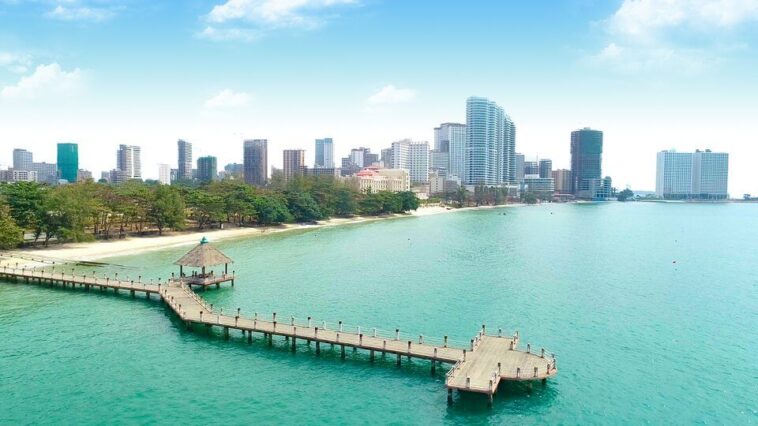The rise in foreign visitor visits from 4.0 to 4.5 million is the goal for Cambodian tourism in 2023. In May 2023, Cambodia will play host to the Southeast Asian Games, a significant tourist occasion.
Do the 2023 tourism promotion campaigns in Cambodia have a new emphasis or focus?
“Visit Cambodia Year 2023” is our main concern. The phrase “Every Day is A Wonder” and the theme “MICE and Sports” are used. In addition to the SEA Games, Phnom Penh will host the 12th ASEAN Para Games with the theme “Sports Live In Peace” from June 3–9. The Mekong Tourism Forum 2023 will focus on “Rethinking for Resilience and Digitalization” will take place in Sihanoukville from April 25–27. Additionally, from April 14–16, “the 10th Anniversary of Angkor Sankranta,” historical new year events are being organised by Cambodia in the province of Siem Reap.
What changes have been made to Cambodian tourism since the pandemic?
The worldwide Covid-19 outbreak was a significant difficulty for Cambodia, as it did for many other nations. From 6.6 million in 2019 to 1.3 million in 2020 and then to just 200,000 in 2021, there were fewer foreign arrivals. Positives associated with the resurgence of tourism include:
The World Travel Awards, held during the International Travel Expo in Ho Chi Minh City, recognised Cambodia as “Asia’s Leading Culture Destination 2022” and “Asia’s Leading Youth Travel Destination 2022.”
With its Visit Cambodia NEXT (New Exciting eXperience and Taste) campaign, the Ministry of Tourism of the Kingdom of Cambodia won the “Leading International Tourism Campaign 2022” award on March 17. In addition, we planned road shows in ASEAN nations like the Philippines, Indonesia, and Vietnam and took part in both virtual and actual international travel shows.
Additionally, in October 2022, Cambodia fully reopened to foreign travellers as the first ASEAN nation. By the end of 2022, 2.23 million foreign immigrants had resulted from that. By the end of 2023, Cambodia anticipates having four million foreign visitors, followed by five million in 2024 and seven million in 2025. Strong demand for domestic tourists in Cambodia has also been observed.
During the pandemic, we built new tourism infrastructure, including the Phnom Penh-Sihanoukville motorway, the new Siem Reap International Airport, which is scheduled to open in Q3 of this year, and 38 new roads in Siem Reap. Midway through 2024, the first phase of the planned Techo Takhmao International Airport south of Phnom Penh is scheduled to be finished.
What modifications to the aviation industry are you seeking to urge to increase tourism in Cambodia?
With an average of 494 flights per week, or 988 movements, we want for 33 airlines to connect to Cambodia through three international airports by March 2028. By implementing tax incentives and lowering or eliminating landing fees, the government hopes to increase both the number of new airlines and the number of tourists from abroad. We are making significant investments in Siem Reap and the Kandal province, which is south of Phnom Penh.
What measures have you taken to divert visitors from Angkor Wat to other regions of Cambodia?
At first, international visitors to Cambodia mainly wanted to view the Angkor Wat temple. More nature tourism, adventure travel, community-based travel, ecotourism, and learning about local culture and cuisine are increasingly being offered to tourists thanks to the creation of new tour packages. To support the growth of less developed places, we seek to draw tourists away from Angkor Wat.
What significance does the next Mekong Tourism Forum in Preah Sihanouk have for the development of tourism in Cambodia?
The Mekong Tourism Forum is an essential forum for stakeholders in regional tourism to discuss pressing problems and new trends. Forum participants will explore sustainable agricultural systems, promoting women’s empowerment, advancing digitalization, and upskilling the tourist profession under the topic “Rethinking for Resilience and Digitalization.”
What message do you have for the forum’s delegates and tourism industry leaders?
Let’s discuss local problems and explore solutions for further collaboration on the development of sustainable tourism in a friendly and close-knit environment. By increasing tourism potential and more distant places among the six nations of the Greater Mekong Subregion, we may achieve this.




